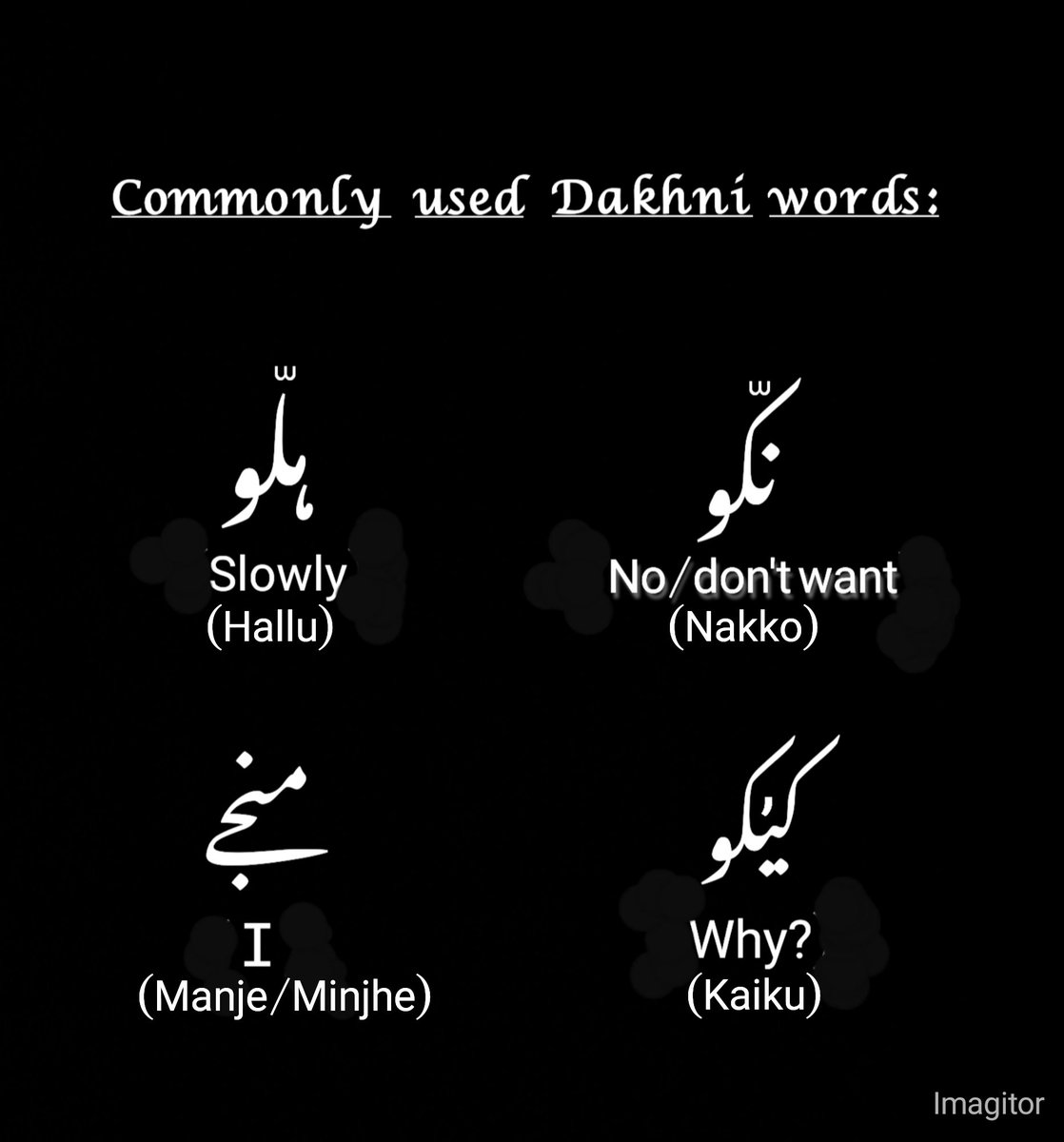
We’ve all been to the #Charminar ,but many don’t know that apart from being the foundation of Hyd,it has designs of pineapples/squirrels in it, and also a mosque on the 2nd floor,which today is inaccessible. A thread on our city's most imp monument (pic is of mosque) #History 

In 1591, Mohd Quli Qutb Shah, the 5th king of the Qutb Shahi dynasty, decided to move out of the Golconda fort and build a new city outside. That city was to be Hyderabad, the foundational monument for which is the Charminar. #Hyderabad #History #Charminar
We've all heard of the story of Bhagmati that’s associated with Hyderabad's foundational history (will post on it in a separate thread later, please don’t discuss here), but not many know that the city also has a story of a (bubonic) plague at its very roots, and #History
One of the main reasons for Mohd Quli Qutb Shah to move out, it is said, was due to a plague which occurred in the Golconda fort. The fort, which was a walled city, had also become densely populated, resulting in unsanitary conditions. Hence, the shift. #History #plague
Some background on the Qutb Shahi (Golconda) dynasty: Mohd Quli's grandfather Sultan Quli, a Persian from Hamadan (Iran), founded it in 1518. He built the Golconda fort which was further developed by his two sons Jamshed Quli (king 2) and Ibrahim Qutb Shah (king 3).#History
Sultan Quli, before he became king, was a commander and later governor of Tilang (Telangana), under the Bahamani empire (1347-1518), which was formed in 1347 after one of Mohd Bin Tughlaq’s commanders decided to break-off from the former’s empire. #deccan #History #golconda
Mohd. Quli’s father, Ibrahim Qutb Shah, in fact had the idea to build a new city earlier, but he failed. Traces of it are left at the Ibrahim Bagh opposite Taramati Baradari. The Qutb Shahis were secular, but also religious Shia Muslims. Moving on about the Charminar from here..
It is said that before the Charminar came up in 1591, a Taziya (copy of Imam Hussain's grave) was built, and Mohd Quli apparently prayed to Allah, promising to construct a grand monument if the plague ends. His prayer apparently bore fruit. Pic of one of its minars #History 

According to the story, the plague ended and the Taziya was demolished, following which the Charminar was built in its place as the foundation of Hyd in October 1591. However, historian HK Sherwani writes that the Charminar was built in 1591 to mark the 1000th year of Islam.
FYI: Shia Muslims are followers of Imam Ali, the son-in-law of the Prophet Mohammed. Ali is also considered to be the rightful heir of the Prophet by the Shia sect. In the late 7th century, one of his sons, Imam Hussain, was killed in a battle of Karbala by Yazid. #History
Imam Hussain's death is believed to have taken place on Ashura, the 10th day of the Islamic month of Moharram. Shia Muslims mourn his death every year during Moharram, which happens at Ashurkhanas, which house battle standards (remembering Hussain's martyrdom), known as Alams.
Continuing about the Charminar: Another Persian named Mir Momin Astrabadi was Hyderabad’s architect and founding prime minister. Many don’t know that the Charminar also has a second floor, which houses a beautiful mosque (which also has designs of squirrels adorning its walls).
Built of plaster and stone, the edifice is 160 feet in height (some books say 184). French traveller Monsieur Thevenot, after seeing it, said, “there is no edifice like the Charminar in the whole city which appears so splendid to the eye".Qutb Shahis were also orthodox Shias.
It is estimated that the monument was built at a price of ₹9 lakh then. Mohd. Quli Qutb Shah, being a Shia Muslim, also constructed the Badshahi Ashurkhana in 1593, the Char Kaman 94 arches), Dar-ul-Shifa (Unani hospital, 1595) and the Jama Masjid in the vicinity. #History
Apart from the Charminar, the biggest contribution of the Qutb Shahis was their integration with Telugu culture and Telugu people. The Qutb Shahi kings learnt Telugu and also promoted it. Ibrahim in fact was married to Bhagirathi, a Telugu princess from the Vijayanagara empire.
They built Ashurkhanas across Telangana and hired local Telugu Hindus to take care of them, which generations of family do so even today in different parts of Hyderabad and the state. The Charminar belongs to all of us, be it Hindus, Muslims, Sikhs, Christians, or Parsis. Ends
• • •
Missing some Tweet in this thread? You can try to
force a refresh




